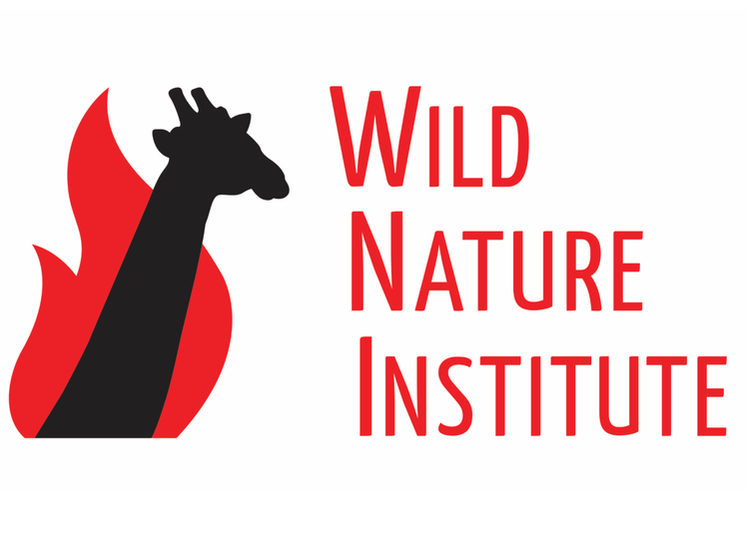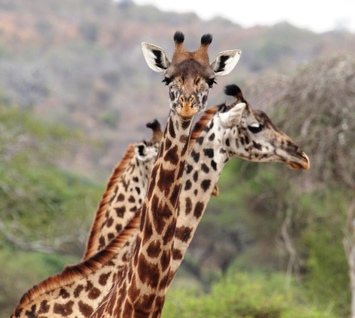 We are about to start another survey for giraffes in the Greater Tarangire Ecosystem as part of our Masai Giraffe Conservation Project. Scientists from the Wild Nature Institute and Dartmouth College conduct three giraffe surveys per year, just after each of the three rain seasons in Tanzania. Each survey consists of driving hundreds of kilometers and photographing every giraffe we see, and then doing it all over again one more time! The whole survey takes about a month, during which we camp in the bush at the end of each long day of searching for giraffes from sunup to sundown. It is tough, hot, often muddy, and plagued by tsetse flies, but we are privileged to be able to work on such an intimate level with the tallest and one of the most beloved animals on the planet. Giraffe have fur patterns that are unique to each individual, much like a human fingerprint. At the end of each survey, we have at least 1,000 photographs of fur patterns to process and match with photos taken during previous surveys. We use a pattern-matching software program called WildID developed at Dartmouth College. The picture below shows the interface of the program. We put all this information together into a database, do some statistical analyses, and ultimately estimate survival and reproduction in different parts of our study area and at different times of the year. Our objective is to understand why survival and reproduction might be higher or lower in one area or during different seasons. We will use this information to develop effective conservation measures for giraffes in the threatened Tarangire Ecosystem. One of the great aspects of the Masai Giraffe Conservation Project is that we never have to capture any giraffes to identify them. The "photographic" capture method is non-traumatic for the animals and far less expensive for the researchers. We are able to track more than 1,500 individual giraffes, which would be nearly impossible if we had to capture them all, or to identify them all by eye without the aid of a computer. This is all thanks to digital photography and pattern-recognition software. Of course, many thanks also to our funders and partners, especially Dartmouth College, Sacramento Zoological Society, Columbus Zoo, Safari West, Cleveland Zoological Society and Cleveland Metroparks Zoo, Cincinnati Zoo, the American Association of Zoo Keepers, the Explorers Club, and many private donors! We truly couldn't do the work without you!
3 Comments
Brendan
5/14/2014 10:39:44 am
Awesome work, wish I could be out there with you doing it. It is truly wonderful to see you employing such non-invasive photographic techniques!
Reply
Bolaji Idowu
1/6/2016 01:26:06 am
I appreciate how you intend to use the findings of your study to implement conservation measures for giraffes in this area; it is a brilliant work.
Reply
Your comment will be posted after it is approved.
Leave a Reply. |
Science News and Updates From the Field from Wild Nature Institute.
All Photos on This Blog are Available as Frame-worthy Prints to Thank Our Generous Donors.
Email Us for Details of this Offer. Archives
July 2024
|
|
Mailing Address:
Wild Nature Institute PO Box 44 Weaverville, NC 28787 Phone: +1 415 763 0348 Email: [email protected] |
|

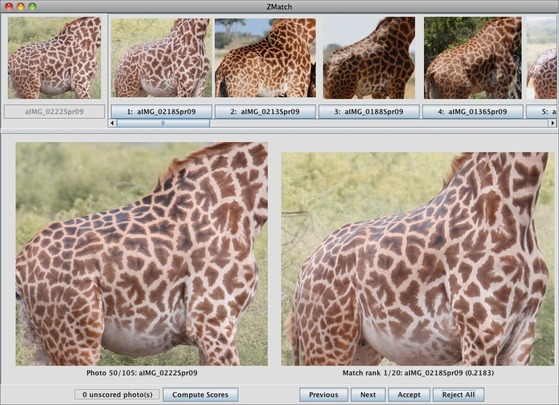
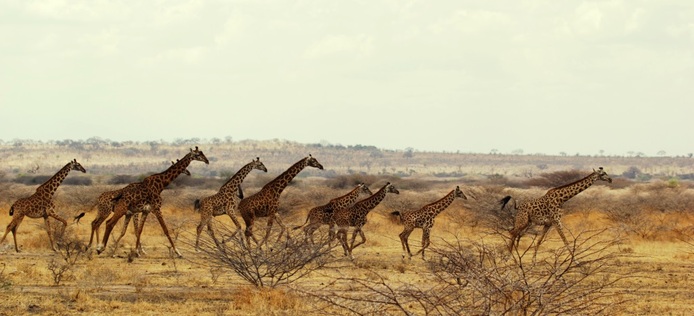
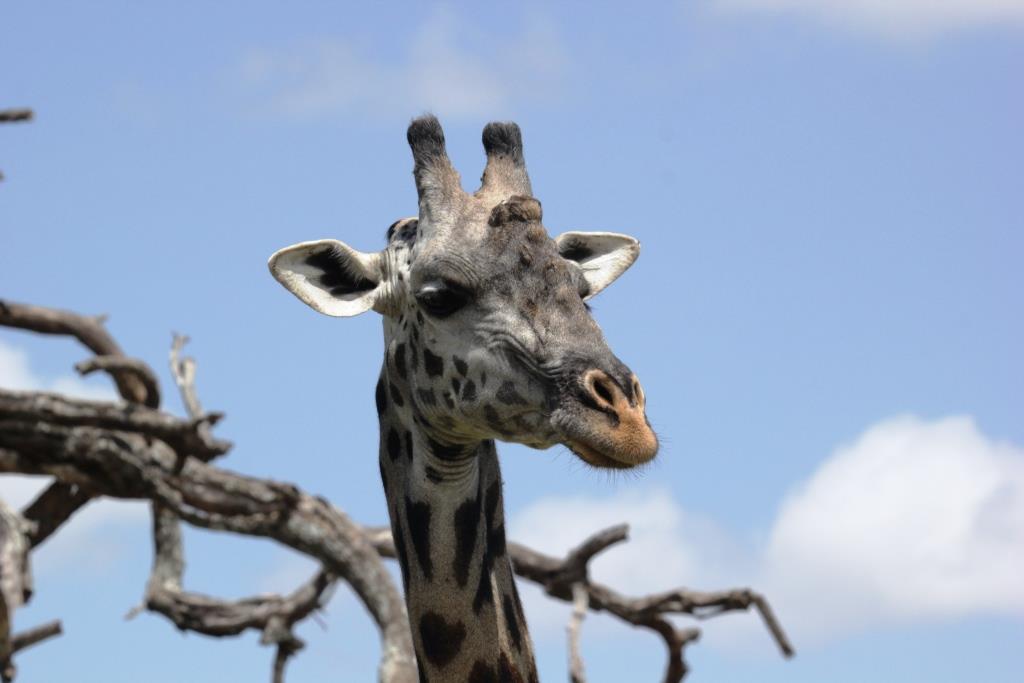
 RSS Feed
RSS Feed
